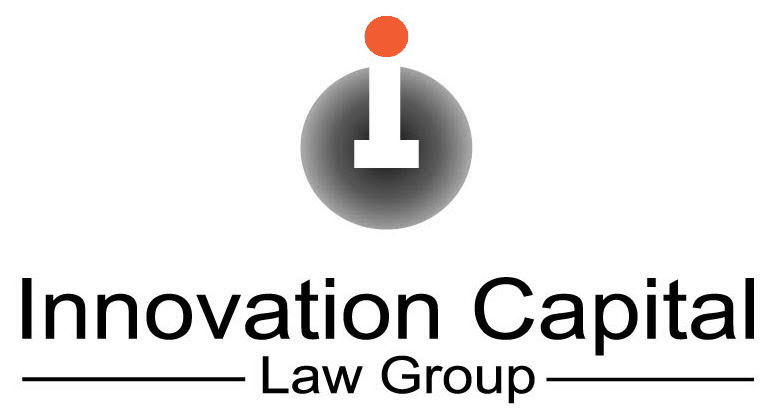Why are USPTO trademark examiners called examining attorneys?
USPTO trademark examiners are attorneys and, therefore, called examining attorneys. When responding to a trademark application rejection, it helps to remember that you are trying to persuade a lawyer. So what does it take to persuade a trademark examiner who is actually an attorney?
Need to prevail over a rejection in your trademark application? Contact US patent and trademark attorney Vic Lin at vlin@icaplaw.com to request a flat rate quote for an initial review and a summary of recommendations.
How many trademark applications are reviewed each day by a USPTO examining attorney?
On average, a trademark examiner reviews about 6-10 USPTO trademark applications daily. In one week, an examining attorney may have reviewed 50 trademark applications, which may comprise a mix of new applications and responses to Office Actions. Though your particular trademark application is important to you, it would be just another Office Action response that the examining attorney has to deal with.
Imagine reviewing dozens of trademark responses each week, where most responses are filled with the same legal standards about what the Trademark Office should and should not do. Do you think a typical trademark examiner would be convinced by reading the same boilerplate arguments repeated throughout the responses?
What Office Action responses would stand out to a trademark examiner?
In a sea of trademark arguments that all sound similar, a response that goes above and beyond typical boilerplate language reply will receive more attention. So what types of arguments would be more persuasive?
There is at least one thing your Office Action response should not do. Avoid citing cases and standards that are outdated or simply wrong. The presence of weak or false arguments can weaken any strong arguments in your response.
Should trademark arguments be general or more specific?
Get specific. It helps to cite cases that are on point. The more your response can apply case law with similar fact pattterns, the better the results.
It can be challenging to be specific if you do not know what you’re looking for. This is where experience helps. Trademark attorneys who have successfully dealt prevailed over similar rejections can draw upon their experience and knowledge of cases applicable to your situation.
Would examples of allowable trademark filings in similar situations help?
Examples can be powerful. A list of examples of allowable trademark filings in similar situations would likely get more attention. The problem, however, it that these lists take time. Furthermore, you may need to filter out unhelpful trademark filings that do not support your point.
And a response that takes time will generally cost more. You might find cheaper options, but why pay less to lose? The point is to win the argument. Paying less for ineffective arguments would simply be a waste of money.
Has the trademark examiner met their burden of proof in making the refusal?
Shifting the burden of proof back onto the trademark examiner can be an effective approach. The argument here is not so much about the mark being allowable or not. Instead, the focus is on the insufficiency of the evidence offered by the examining attorney.
Suppose your trademark application covers certain goods, and it is being rejected for a likelihood of confusion with a registered trademark covering services. Perhaps an argument can be made that something more is required.
What if the trademark examiner is being inconsistent?
Sometimes, the examination of a particular trademark applications can seem quite inconsistent. Is there anything you can do to protect inconsistent trademark examination?
Thankfully, the USPTO has a Consistency Initiative. Though the USPTO program started as a pilot, it has now become permanent. Of course, an unfavorable trademark outcome does not necessarily make it inconsistent. Consider having an experienced trademark attorney explore whether a consistency request to the USPTO should be made in addition to your trademark response.


